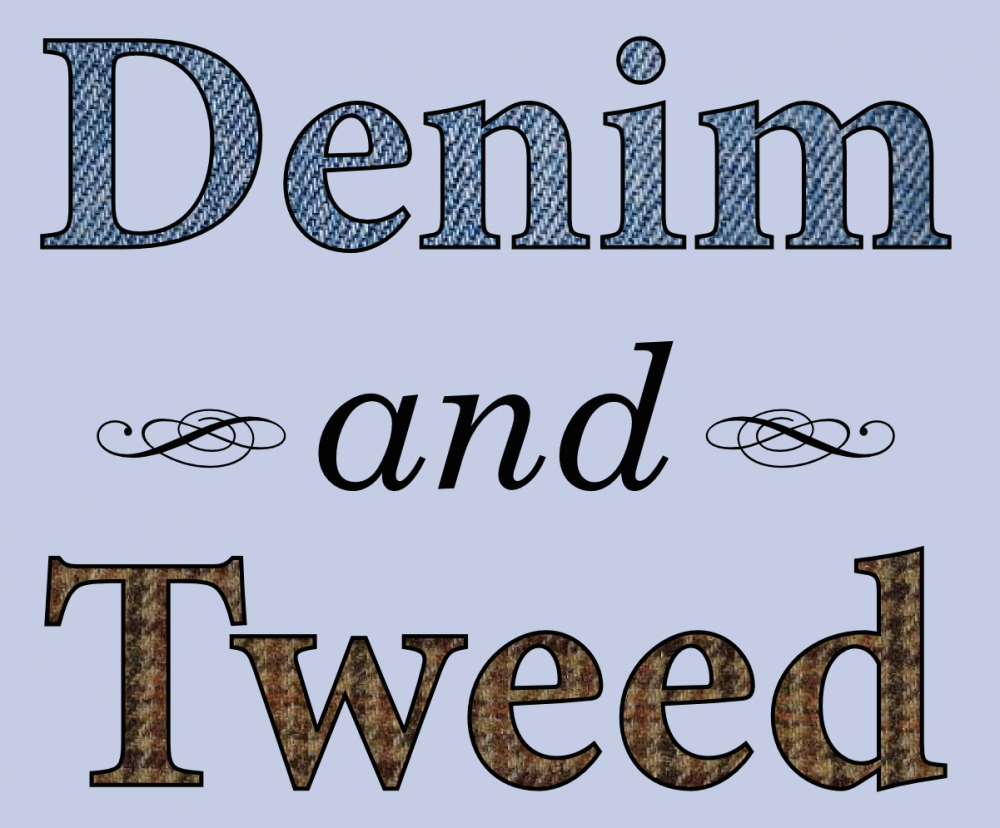(Update: Cross-posted.)
First snowfall: Romantic comedy. You meet cute when you feel the first flakes against your cheek. The fresh snow cover makes everything look new and crisp and innocent. You take a long evening walk through the park, watching the falling snow dance in the light of the street lamps. You stop to make snow angels. There is a snowball fight, but afterwards everyone is still friendly. Towards the end, adorable children come out to play.
The cold snap: Heist. Going outdoors requires careful planning, and if you don’t have the right equipment, things could go pear-shaped in an instant. You have many of your most important conversations over the phone—or via Skype, if you want to look particularly tech-savvy. If you’re going to take I-94, you’ll need a really good driver.
White Christmas: Disney animated musical. Fresh snow arrives just in time to accessorize the family photo on the front porch. Everything is covered in tinsel and blinking lights. Your trip to the drugstore to buy cough syrup has a twinkly soundtrack. People you meet on the street are jolly, but there is a sneaking sense that they’re just trying to fulfill expectations.
The blizzard: Mumblecore independent drama. The cold has numbed even your memories of summer. Everyone wears layers of flannel and threadbare sweaters, and many of your friends have taken up knitting just to make more insulation. You drink flat, tasteless Grain Belt because you can’t bear the thought of shoveling off the car again to go get something better. You have long, elliptical, monotone conversations with the houseguests who are trapped in your apartment after the sun goes down at 4:30.
The thaw: Film noir. Everything seems to change when a high-pressure system from the south waltzes in and asks if you know when it’ll be the right time to plant tomatoes. You prowl the slushy back alleys of the Warehouse District, searching for a glimpse of dry pavement. Two-story-tall piles of accumulated snow peppered with gravel and cigarette butts loom over empty, ice-covered parking lots. You think you see a crocus poking up through the snow—but forget it, Jake, it’s still only March.
The April snow storm: Adam Sandler farce. Ten inches of wet, heavy snow fall overnight with an almost audible thump. It looks shiny and new, but rapidly develops the familiar gray shading of slush. People get splashed in embarrassing ways. There is laughter, but it has a desperate, mean-spirited edge. It lasts about fifty percent longer than anyone really wants it to.◼
 It was probably about as easy to find photos of bears as it is to find research papers about them. Photo by Barbara.
It was probably about as easy to find photos of bears as it is to find research papers about them. Photo by Barbara.








